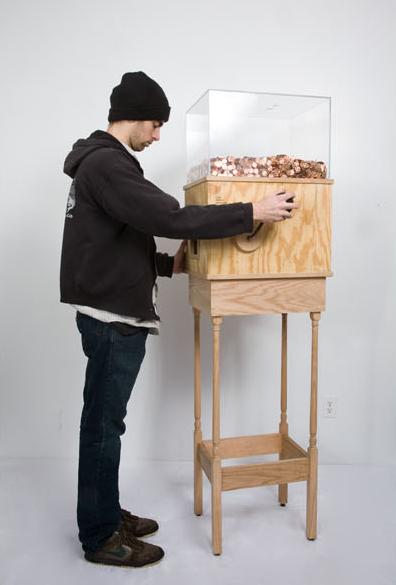Very interesting and fun to watch.
Enjoy!
Perpetual motion, the action of a device that, once set in motion, would continue in motion forever, with no additional energy required to maintain it. Such devices are impossible on grounds stated by the first and second laws of thermodynamics. Perpetual motion, although impossible to produce, has fascinated both inventors and the general public for hundreds of years. The enormous appeal of perpetual motion resides in the promise of a virtually free and limitless source of power. The fact that perpetual-motion machines cannot work because they violate the laws of thermodynamics has not discouraged inventors and hucksters from attempting to break, circumvent, or ignore those laws.
Britannica
Basically, there are three kinds of perpetual-motion devices. The first kind includes those devices that purport to deliver more energy from a falling or turning body than is required to restore those devices to their original state. The most common of these, and the oldest, is the overbalanced wheel
The overbalanced wheel perpetual motion machine apparently originated in India, in the 8th century CE. The Indian astronomer Lalla described a self-rotating wheel driven by mercury moving along its curved spokes. A variation of this idea was described by the Indian author Bhaskara (c. 1159). It was a wheel with containers of mercury around its rim. As the wheel turned, the mercury was supposed to move within the containers in such a way that the wheel would always be heavier on one side of the axle. This idea appears again in Europe in the year 1235 when the French architect Villard de Honnecourt described an overbalanced wheel with hinged hammers equally spaced around its rim. The wheel is actually supposed to be perpendicular to the frame and to the horizontal axle.


